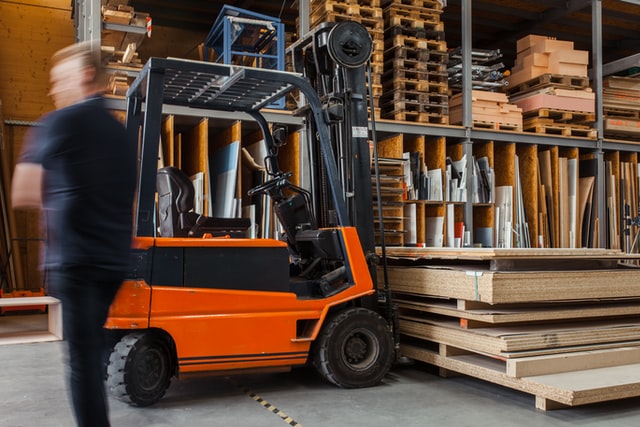
Forklifts are commonly employed in the industrial sector for heavy item handling and storage. These electrically propelled carts use a battery or engine to operate their counterbalanced design. The mechanical forks are mounted on a front-mounted pole. Forklifts may have three or four wheels, with the rearmost one used for steering.
Business expenses, output, and stock control may all be impacted by your decision about the forklift fleet. Below are the criteria for choosing the right forklift for your needs:
Choosing of Tires
Forklifts’ tires may be of a few different varieties. In addition to hard and inflated tires, there are several whites, non-marking tires, and soft tires, each of which has a unique function and operates best in a different setting. Generally, how well and safely your forklift operates depends on the tires you put on it.
Weight Limit
Selecting a forklift whose maximum lift capability falls short of your needs is a poor idea. Think about the following since they are crucial:
- What kind of goods will this forklift be moving around?
- How much do you usually carry?
- How heavy is the object you have to move?
- When you load, how wide is your cargo?
Depending on the nature of the load, specialized forklift modifications may be necessary to make a regular forklift more effective.
Type of Fuel
Electric and internal combustion forklifts are available.
Electric
Electric forklifts, powered by massive lead-acid batteries, can work continuously for up to six hours on a single charge, making them suitable for eight-hour shifts. Compared to traditional forklifts, this technology has two major benefits: it is very fuel efficient and emits no emissions, both of which are required for interior use.
Internal Combustion
You may use several different fuels in IC engines (CNG). Electric forklifts have a weight capacity of just 12,000 pounds. Meanwhile, IC forklifts can carry up to 120,000 pounds and can be resupplied on the go. Electric lifts normally have a maximum height of roughly 30 feet, whereas forklifts may reach up to 36 feet.
Forklifts that use an internal combustion (IC) engine may be fueled by various conventional fuels, including compressed gases and diesel.
Environment
It would be best if you considered your needs when looking for forklift hire, as well as its tire size, fuel type, and other features. Think about the forklift’s operating conditions, including the flooring.
- Can you choose between smooth and rough textures?
- To be held either inside or outside, or both?
- How long will the forklift be in operation each day?
Lift Elevation
The weight capacity of your unit is directly related to the lift height. Standard industrial forklifts can carry anything between 8 and 20 feet. This will be determined by the type of your company, the scale of your facility, and your intended usage of the forklift.
Forklift height constraints should be considered with the maximum load when purchasing. Important things to think about:
- At what height do you normally lift?
- How high does the forklift need to go?
- Is there a ceiling beam or low-hanging light fixture that you must consider for the proposed installation?
If you need to get the forklift beneath a low ceiling or a door, you’ll need to think about how tall the mast is while it’s collapsed. To further aid your search for the ideal forklift, measure your warehouse’s ceiling level and lane width.
Conclusion
There’s no need to rush into buying forklifts. You need to research what forklift features would be ideal for your job to ensure that you will fulfill your needs.


